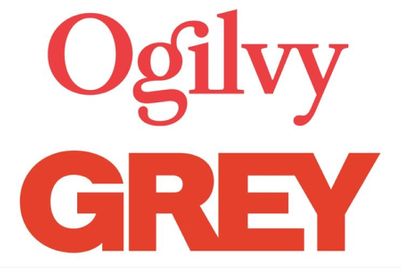
In a world in which trust and transparency issues are changing the way advertisers view programmatic, the need for close and open relationships between client and agency is more important than ever.
It is vital that to realise its true benefits, clients need not just to invest in programmatic, but to be invested in it – and we welcome advertisers taking a greater element of control in this space.
Understandably, to many advertisers, the programmatic ecosystem is a complex space. Multiple technologies and data sources, competing stakeholders and regulatory changes mean marketers are in need of more specialist digital expertise to navigate this area than ever before. Naturally, as media agencies, our role has always been to help clients make sense of this evolving digital landscape. In doing so, as an industry we tend to simplify complex solutions for easier comprehension and focus on the client benefits and outcomes, rather than trying to educate and upskill advertisers themselves.
Recently, we have seen a shift this agency/client dynamic, driven largely by concerns around a lack of transparency in the supply chain and some agency trading practices. Many advertisers have decided to take greater ownership of their advertising technology relationships and invest in more specialist in-house talent. While some agencies, who have always championed transparent practices and investment neutrality, may naturally feel frustrated with what’s driving this change, I believe the ultimate outcome of this shift is actually a positive one.
If you think back to when programmatic took off five or more years ago, there was a period where the industry was trying to figure out how to collectively explain and sell programmatic to advertisers. We started technical (remember that LUMAscape image?), moved our way through some analogies (investment banking was one of them) and ultimately circled around a value proposition which simplified the basic client benefit neatly: "programmatic gives us the ability to deliver the right message, to the right person, at the right time".
As agencies, we did what we do best. We attempted to simplify something complex and then encouraged advertisers to focus on the performance. But by following old habits, we may have hindered the potential of programmatic – because in actual fact, very few programmatic advertisers are truly realising this well-repeated value proposition. Most are using data to identify the right audience. Some (largely e-commerce/re-targeters) are linking these data points through to creative messaging. A few are trying define "the right time", but largely that comes down to linking to the weather and recognising what’s playing on TV. Those doing all three are few and far between.
The reality is that best-in-class programmatic execution doesn’t come out of a box ready to go. Nor can it be achieved by media agencies alone. Realising the full benefits of programmatic advertising requires close collaboration between the media agency, advertiser and their partners to make it work effectively. In other words, advertisers shouldn’t judge programmatic on performance, they should judge how effectively they are working with their agencies by their programmatic performance.
As advertisers look more closely at the programmatic supply chain, as they ask more questions around how trading desks and their partners are operating and as they start to treat programmatic technology as critical marketing infrastructure, they are gaining more exposure to the complexity of the programmatic ecosystem – and working more collaboratively to navigate it. The drivers may not be positive, but the outcome for those agencies who can embrace transparency and adapt to new working models where clients have a greater investment in the solution surely will be.
What we need to ensure is that the pendulum doesn’t swing too far the other way. Advertisers need to balance the control and transparency they need with ensuring they are maximising their agencies experience, tools and skillsets. Increasingly, I’m seeing technology decisions being delivered to agencies with little room for consultation. If we’re going to realise the holy grail of "right message, right person, right time" we’re going to have to work in the right way. Agencies need to focus more on educating and upskilling their clients and their key stakeholders, whilst creative agencies and other partners need to focus on how to maximise value from these programmatic tools. We all need to avoid a simplified sell that only builds a simplified solution. Of course advertisers need to push for the transparency they require; but ensure they are not trading performance for greater control.
Andy Butters is head of Caderon EMEA (part of IPG Mediabrands)



.jpg&h=334&w=500&q=100&v=20250320&c=1)

.jpg&h=334&w=500&q=100&v=20250320&c=1)
.jpg&h=334&w=500&q=100&v=20250320&c=1)

.jpg&h=334&w=500&q=100&v=20250320&c=1)
.jpg&h=334&w=500&q=100&v=20250320&c=1)
.jpg&h=334&w=500&q=100&v=20250320&c=1)








